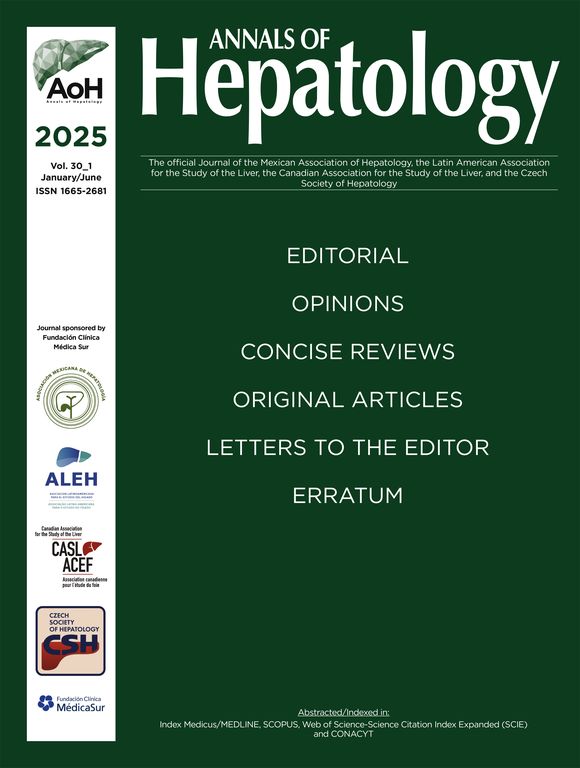
Abstracts of the 2024 Annual Meeting of the ALEH
More infoNo
Introduction and ObjectivesINTRODUCTION: Chronic hepatitis B represents a significant global health challenge. Current treatments often fail due to the persistence of HBV DNA as covalently closed circular DNA or integrated into the host genome, leading to viral reactivation. RNA interference (RNAi) emerges as a promising approach for treating chronic hepatitis through post-transcriptional gene silencing. OBJECTIVE: To design and evaluate the efficacy of RNAi lentiviral vectors targeting key HBV proteins (HBsAg, HBcAg, HBeAg) and pre-genomic RNA (pgRNA) for silencing.
Patients / Materials and MethodsSilencing vectors were designed to target overlapping open reading frames, allowing simultaneous silencing of multiple viral proteins and pgRNA with a single RNAi construct. Three vector candidates (siHBV-1 to 3) underwent rigorous in silico testing to minimize off-target effects, evaluating stability and secondary structures. Lentiviral vector production was assessed using flow cytometry to detect green fluorescent protein expression in cell culture. Huh7 cells were transfected with 1 μg of purified HBV genotype A circular monomers, followed by infection with the first lentiviral candidate (siHBV-1), targeting S/Pol genes of HBV (108 TU/mL), three days later. Quantification of HBV proteins using chemiluminescence and HBV DNA using quantitative PCR (qPCR) was performed throughout the post-transfection period.
Results and DiscussionEffective silencing of HBsAg expression was observed in cells infected with siHBV-1, with undetectable levels from the third day post-infection compared to untreated controls (p<0.002). Furthermore, HBV DNA was undetectable by qPCR, indicating successful silencing of HBV genotype A in vitro. The production of lentiviral candidates siHBV-2 and siHBV-3 is currently under evaluation. Flow cytometry will be used to determine the transduction rates in Huh7 cells once the tests are completed. Future investigations will explore combinations of these three siHBV vectors to optimize HBV silencing.
ConclusionsLentiviral vector-mediated RNAi offers a promising approach for sustained suppression of HBV replication and gene expression, potentially promoting HBV clearance in chronic carriers.







